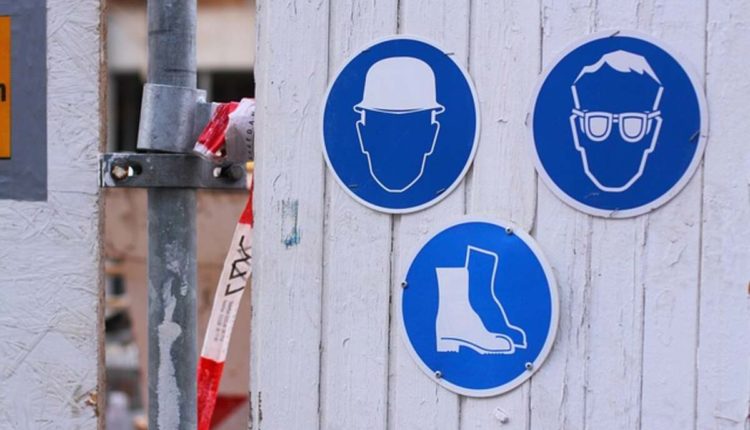A durable fence can be built in virtually the same way as any other fence. The primary distinctions are in the fencing materials, while the construction method deserves special consideration. A durable fence may be more expensive initially, but it will save you money in the long run.
The Benefits of Permanent Fencing
Having a sturdy fence in place has several benefits.
EXTENDS ITS GOOD APPEARANCES
Less expensive over the long run
Your fence posts could be reused for your next fence.
The people in your neighborhood will probably consider you hip.
Methods for Constructing a Durable Fence 1. Determine the general design of your fence. As usual, you should first mark the fence’s four corners. 3. Extend a String from Corner to Corner (the Same as Regular). Install your coated or treated fence posts 5. Attach not two but three fence rails using screws. Put in a “Rot Board” Gate Seventh Screw in fence pickets, number 8. The Most Typical Fencing Goof After working for more than seven years in the construction industry, I can confidently tell you the most extensive oversight made whenever a fence is constructed. First-Cost Awareness Probably, nine out of ten fence-builders go with the lowest options. Nobody wants to spend their free time erecting a fence, but there’s all the more reason to do it right and make it last a long time with high-quality materials.
A fence that looks excellent and lasts twice as long can be made for only 35% extra money. The Secrets to a Durable Fence What follows is a step-by-step guide on creating a fence that lasts longer, broken down into its parts. The following steps are optional. You can skip through to the most crucial updates if you’re impatient. LumberTalk.com has a comprehensive essay on fence construction if you want to learn more about making your fence last. Posts Coated fence posts were used. Selecting high-quality posts is essential because they will serve as the fence’s skeleton. Most fence posts decay at the base, which is a significant flaw. If you’re in the market for a new fence post, go no further than American Pole and Timber’s treated wood fence post with a polymer coating on the bottom 3 feet. Their poly-coated fence posts are guaranteed for 25 years, meaning you can reuse them when it’s time to repair the fence. Three rails are required. So long. Recite after me.
“Three rails, please.” More specifically, the load on the joints where the rails meet the posts and where the pickets are joined to the rails is considerably reduced when using three rails instead of two. Having a fence with at least three rails ensures that it will retain its good looks for longer. Pickets The use of a rot board is recommended. Put a horizontal 26 or 28-rot board underneath your pickets at ground level. The rot board will raise your pickets off the ground, making them less susceptible to rain, insects, and lawn equipment damage. The point is that they can be swapped out without any trouble, unlike the pickets in your fence. Adding a rot board to your fence is an easy way to extend its useful life by many years.
It is customary to use treated pickets. Cedar and redwood pickets are other viable alternatives but are prohibitively pricey. You should use 5/8″ thick pickets if you can’t find any thicker, but 3/4″ thick pickets are preferable. If you do the arithmetic, you’ll see that 3/4″ pickets are 25% thicker. Therefore, they’re less likely to distort. Fasteners Put in coated screws. Coated screws won’t rust and leave “run” marks along your pickets like uncoated ones would. Using screws to construct your fence will require more time and effort but will save you money in the long run. Thinking about how lovely your straight fence will look in five years while you sip lemonade and watch your neighbor replace his warped fence boards because he used nails should be motivation enough. The foundations of a long-lasting fence are relatively standard. Here are the key points again, in case you missed them the first time:
Coat fence posts with polyurethane.
Employ a triple-rail system.
Consult a rot board.
Install screws
Read the complete piece on LumberTalk.com and ask questions if you still have them. I promise to get back to you as soon as I can.
Over seven years, Chris Denny has worked in the construction industry. He is the owner and chief content creator for LumberTalk.com (http://www.lumbertalk.com) and the CEO of Lead Optimize. This company creates and manages low-cost marketing systems for companies offering complicated products and services.
Read also: A Modern Fix For Roofing Issues Is Metal Roofing.


